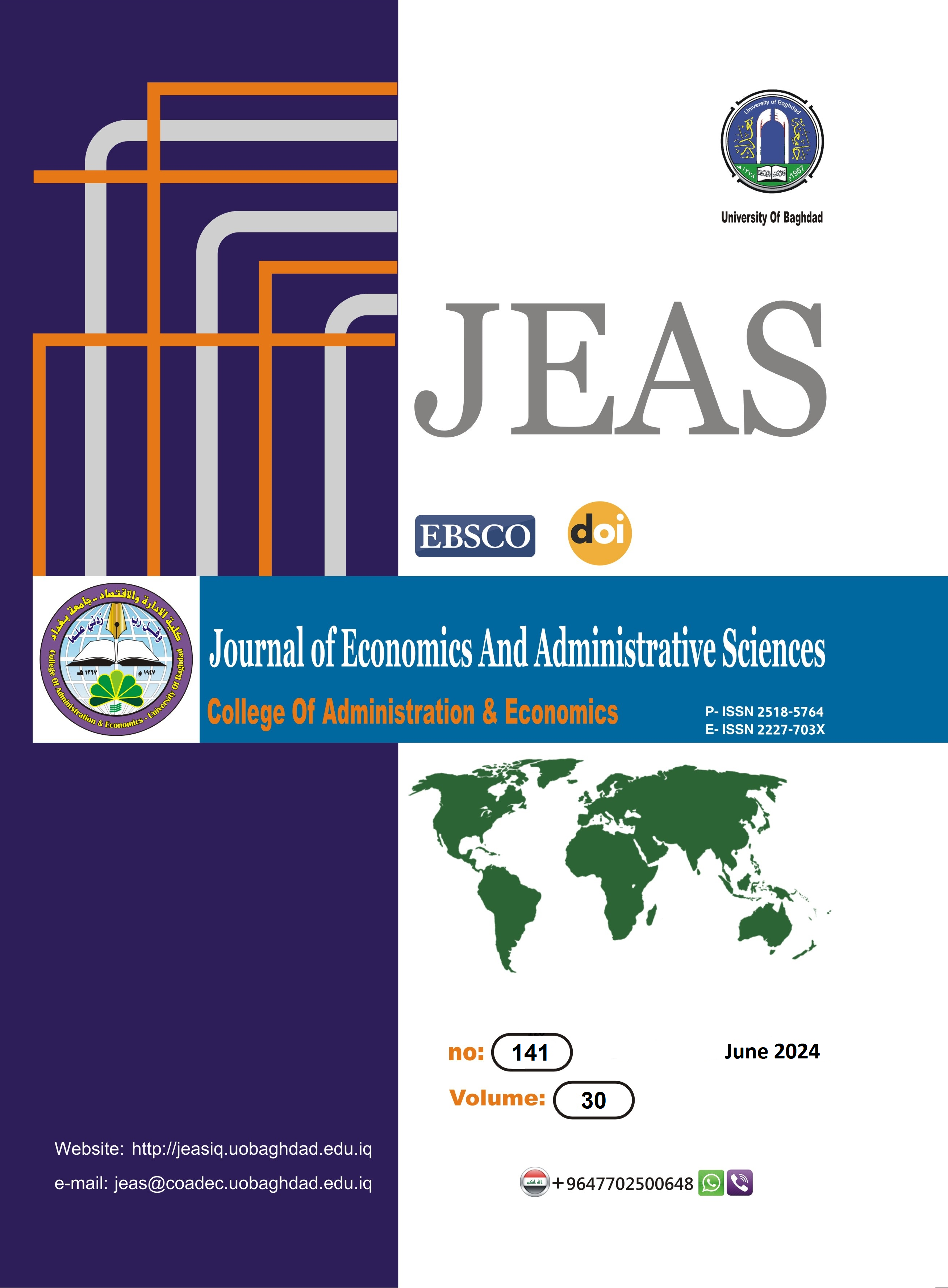Nonstationary Time Series Models Using ARDL and NARDL Estimation
DOI:
https://doi.org/10.33095/afbrge60Keywords:
ARDL, NARDL, Co-integration, Philips-Perron, Bounds Test, Money Supply.Abstract
The paper features an examination of the link between the behavior of the Money supply and Bank deposit in both an autoregressive distributed lag ARDL, plus a nonlinear autoregressive distributed lag NARDL framework. The regression relationship between any two nonstationary time series suffer from the problem of superior regression and the results may be incorrect and unreliable, and to overcome this problem the aim of this paper was find a balanced relationship in the long - run between the variables of Money supply and Bank deposits using the method of cointegration by focusing on the behavior of the residuals of the cointegration model based on monthly data for a time series for the period (2010-2015). The time series stationary test was done by conducting the Unit Root Test based on the Philips-Perron test to find out the stationary of the variables and then detect the existence of the cointegration using the bounds testing, the tests showed the nonstationary of the time series at level I(0) and their become stationary after taking the first differences I(1). Bounds test showed the existence of cointegration .The Error correction model for the ARDL model was the best, despite the convergence of most of the test results for the two models, but the ARDL model was the more accurate with the speed of adjustment in the short -run to return to long-run equilibrium, as it reached (37%) and a period of two months for the ARDL model, while the percentage for the NARDL model was equal to (28%) and a period of time of approximately three and a half months.
Downloads
Published
Issue
Section
License
Copyright (c) 2024 Journal of Economics and Administrative Sciences

This work is licensed under a Creative Commons Attribution-NonCommercial-NoDerivatives 4.0 International License.
Articles submitted to the journal should not have been published before in their current or substantially similar form or be under consideration for publication with another journal. Please see JEAS originality guidelines for details. Use this in conjunction with the points below about references, before submission i.e. always attribute clearly using either indented text or quote marks as well as making use of the preferred Harvard style of formatting. Authors submitting articles for publication warrant that the work is not an infringement of any existing copyright and will indemnify the publisher against any breach of such warranty. For ease of dissemination and to ensure proper policing of use, papers and contributions become the legal copyright of the publisher unless otherwise agreed.
The editor may make use of Turtitin software for checking the originality of submissions received.


























